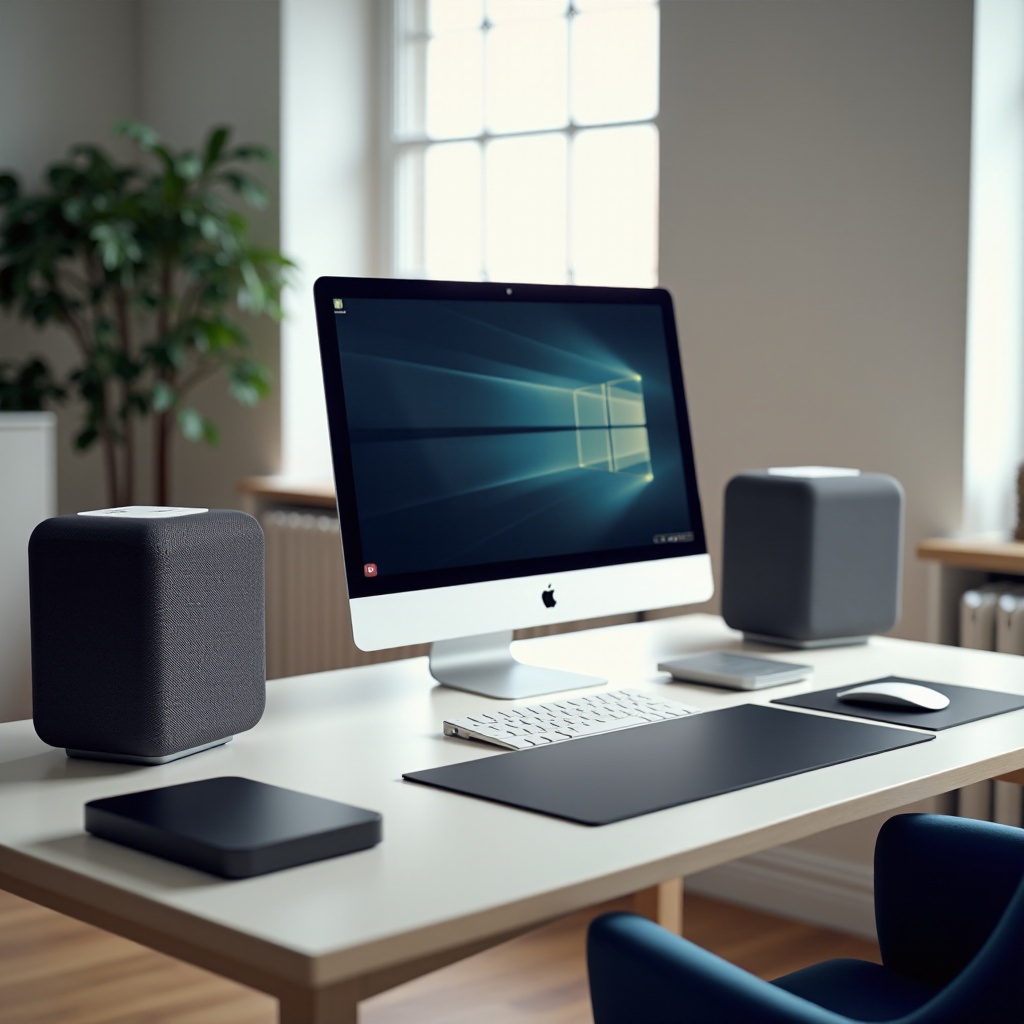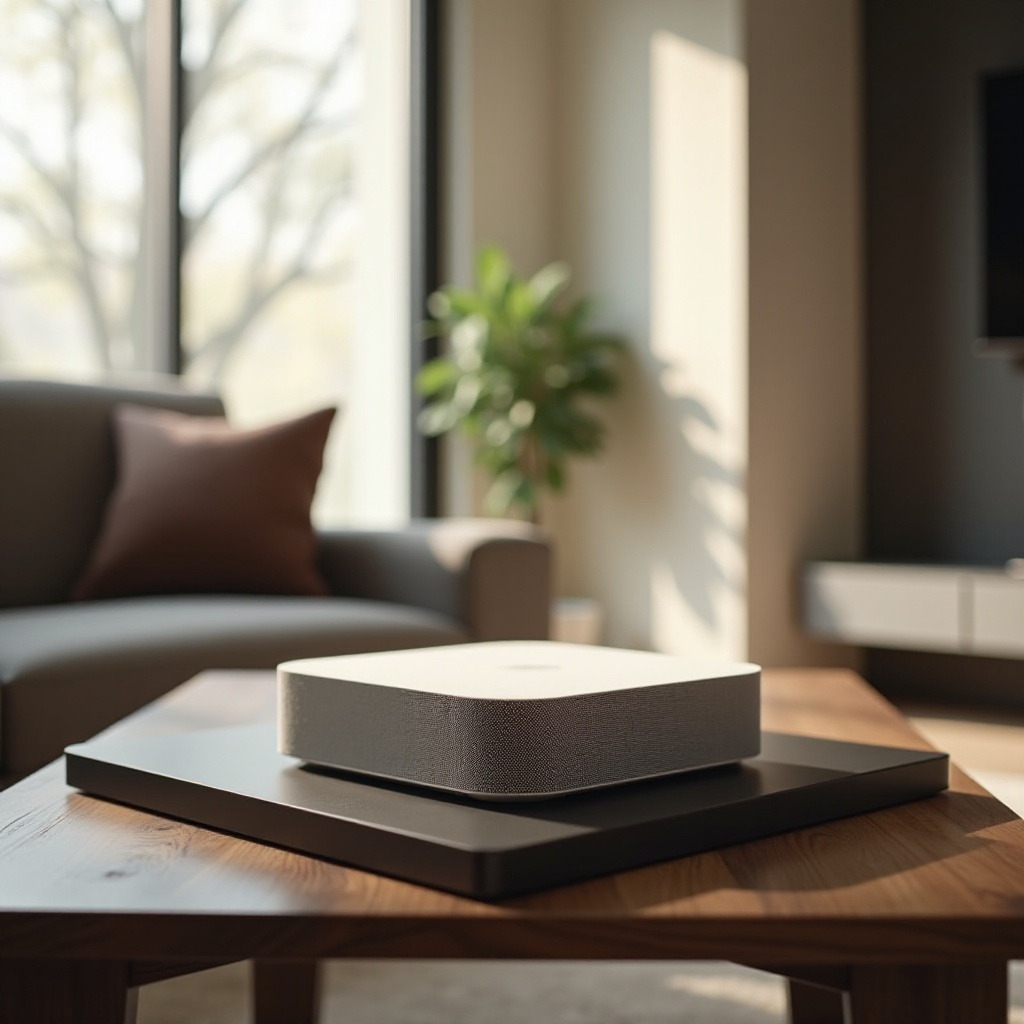How to Overclock Your Xbox 360 Controller for Optimal Gaming Performance
Introduction
Overclocking your Xbox 360 controller can significantly enhance your gaming experience by reducing input lag and improving response times. This guide will cover everything you need to know about safely overclocking your Xbox 360 controller, from preparation and execution to troubleshooting and maintenance. By following these steps, you can optimize your controller's performance and enjoy a more responsive gaming experience.
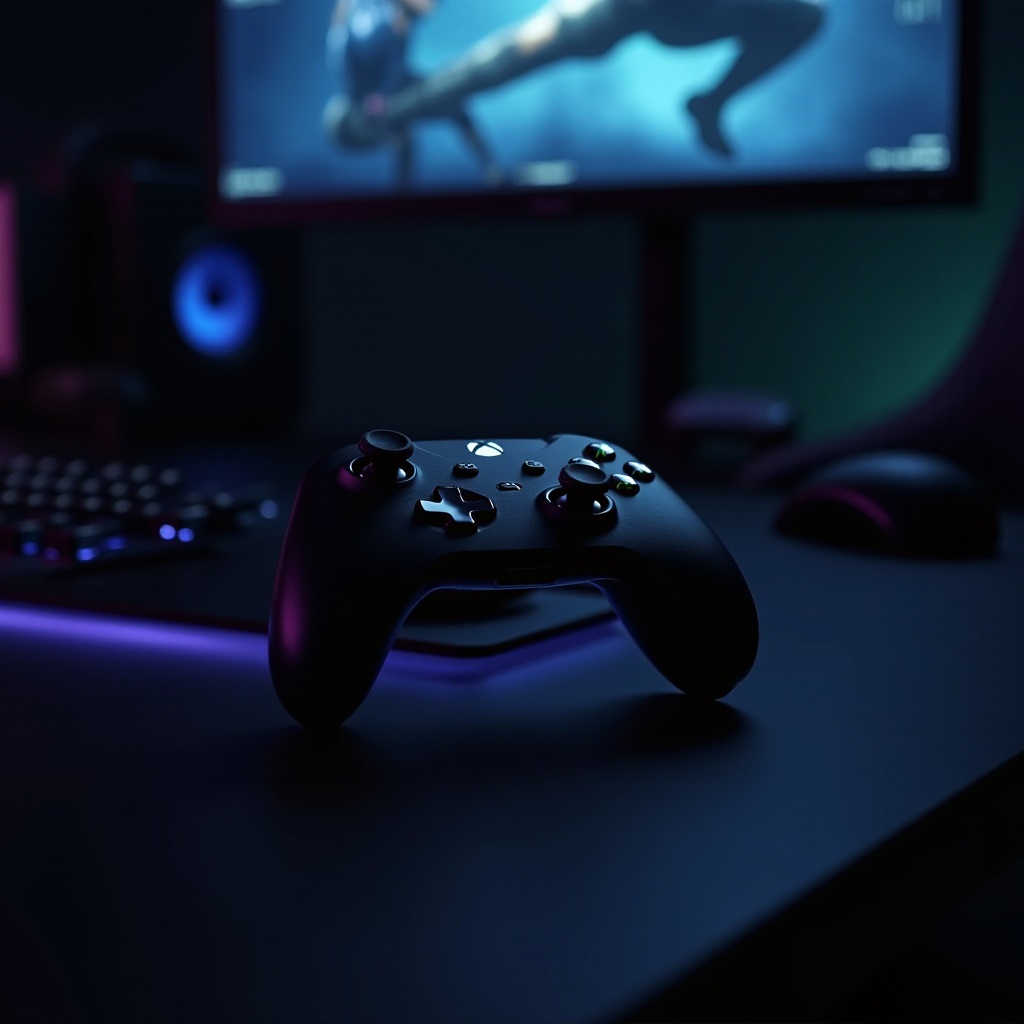
Understanding Overclocking
What is Overclocking?
Overclocking refers to the process of increasing the operating frequency of a hardware device beyond its default setting. For gaming controllers like the Xbox 360, this means improving the speed at which the controller communicates with the console or PC.
Benefits of Overclocking Your Controller
Overclocking your Xbox 360 controller can provide several benefits:
- Reduced Input Lag: Faster response times give you an edge in competitive gaming.
- Improved Gameplay Experience: Better controller performance enhances overall gaming enjoyment.
- Customization: Overclocking allows you to tailor your gaming setup to your specific needs.
Risks and Precautions
While overclocking can boost performance, it also comes with risks:
- Overheating: Increased frequency can lead to higher temperatures. Ensure proper cooling.
- Hardware Damage: Pushing hardware beyond its limits might shorten its lifespan.
It's crucial to understand these risks and take the necessary precautions to mitigate them.
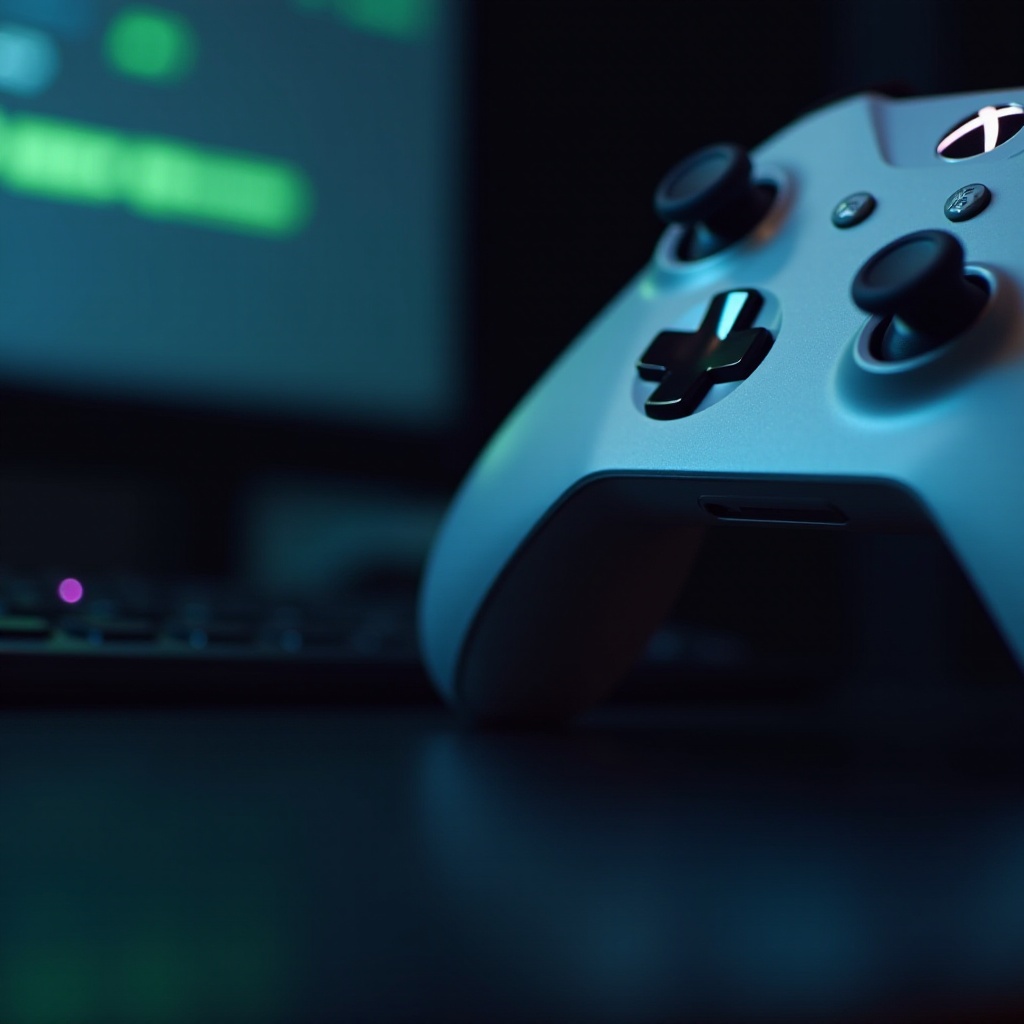
Preparing Your Equipment
Before you start overclocking, gather the necessary tools and set up a safe workspace.
Necessary Tools and Software
You will need the following:
- USB Cable: To connect your controller to the PC.
- Overclocking Software: Tools like 'HIDUSBF' and 'LordOfMice' are popular choices.
- PC: A Windows-based computer is recommended.
- Cooling Solutions: To keep your controller from overheating.
Setting Up a Safe Work Environment
Ensure you have a clean, well-ventilated workspace. Keep all liquids away from your equipment, and make sure your PC has up-to-date antivirus protection.
Step-by-Step Guide to Overclocking
Now let's dive into the overclocking process.
Downloading Required Drivers
- Find the Software: Visit the official site for 'HIDUSBF' or 'LordOfMice' software.
- Download the Driver: Follow the instructions to download the appropriate driver for your system.
Installing and Setting Up the Software
- Install the Driver: Run the downloaded file and follow the installation prompts.
- Open the Software: Launch the overclocking software to begin the setup.
- Configure Initial Settings: Set a baseline to start your overclocking process.
Detailed Overclocking Instructions
- Connect Your Controller: Use the USB cable to connect your Xbox 360 controller to the PC.
- Open Device Manager: Locate your controller in the list of connected devices.
- Adjust Polling Rate: Use the overclocking software to increase the polling rate incrementally. Start with small increases.
- Apply Changes: Save and apply the new settings.
- Testing and Verifying New Settings: Use games or testing software to ensure the new settings are stable.
Troubleshooting Common Issues
Even with careful setup, you may encounter some issues.
Identifying Overclocking Problems
Look out for:
- Lag Spikes: Sudden increases in lag or latency.
- Overheating: The controller feels excessively warm during use.
- Connection Drops: The controller disconnects or fails to respond.
Common Solutions
- Revert Settings: If issues arise, revert to the previous stable configuration.
- Cooling Solutions: Use external cooling or improve ventilation.
- Update Drivers: Ensure all drivers are up-to-date.
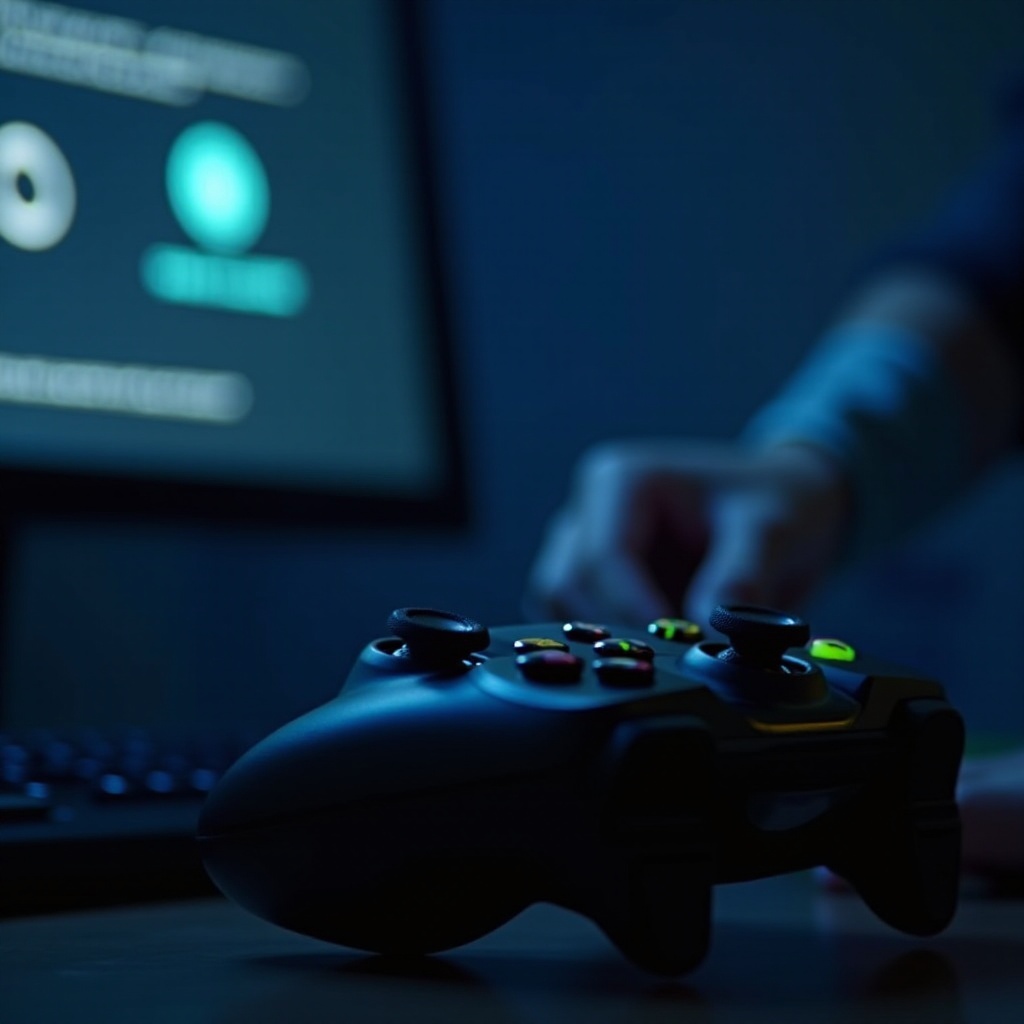
Optimizing Post-Overclock Settings
Ensuring Stable Performance
Watch for signs of instability, such as lag spikes or overheating. Adjust settings as needed:
- Monitor Temperatures: Regularly check the controller's temperature.
- Adjust Frequency: If overheating occurs, lower the overclocking frequency incrementally.
Regular Maintenance Tips
- Periodic Checks: Regularly verify the stability of your settings.
- Software Updates: Keep your overclocking software updated.
Benefits and Drawbacks of Overclocking
Performance Gains
Overclocking your controller can lead to:
- Reduced Input Lag: Faster response times for competitive gaming.
- Better Gameplay: Enhanced overall experience.
Potential Risks
Weigh the benefits against these potential risks:
- Hardware Wear: Increased frequency can shorten the lifespan.
- Overheating: Risks of overheating require careful management.
By understanding the balance between benefits and risks, you can make informed decisions about overclocking.
Conclusion
Overclocking your Xbox 360 controller can significantly improve gaming performance by reducing input lag and enhancing response times. By following the steps detailed in this guide, you can safely optimize your controller's performance and enjoy a more responsive gaming experience. Remember to always monitor your settings and take appropriate precautions to avoid potential risks.
Frequently Asked Questions
What is the safest way to overclock my Xbox 360 controller?
To safely overclock your Xbox 360 controller, always start with small incremental changes to the polling rate and closely monitor the controller's temperature and performance.
Can overclocking cause permanent damage to my controller?
Yes, overclocking can potentially shorten the lifespan of your controller if not done cautiously. Always ensure adequate cooling and avoid pushing the limits too far.
How can I revert the overclocking settings back to default?
To revert your overclocking settings, use the same overclocking software to reset the controller's polling rate to its default setting or uninstall the driver and reinstall the original one.

